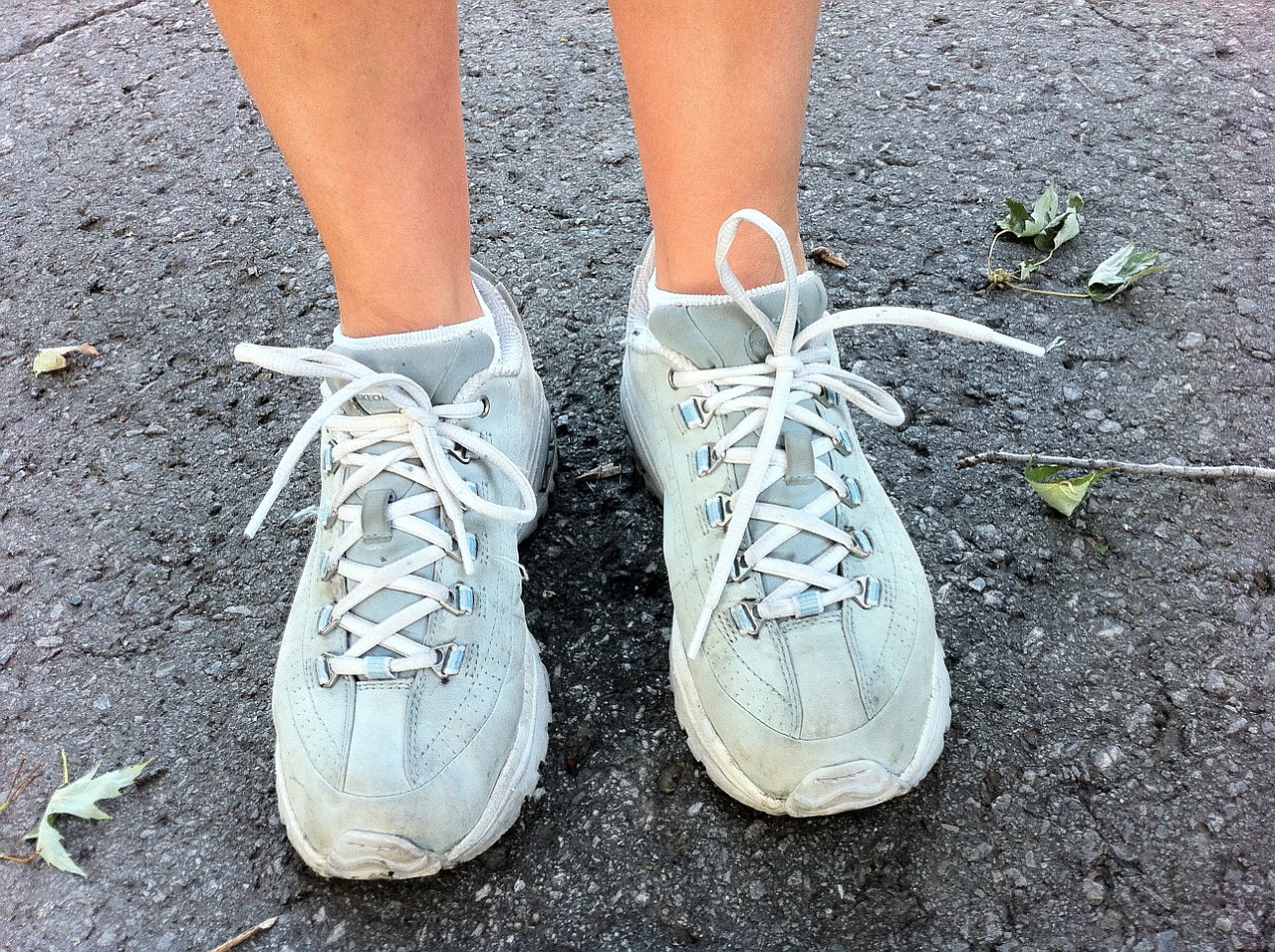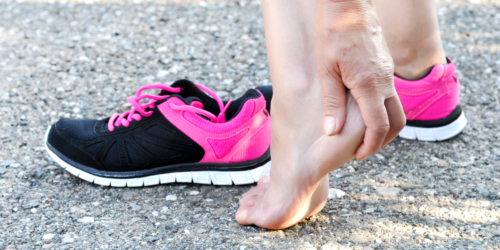
Autumn is a great season for walking and other outdoor activities. The weather is cooler, and the scenery is beautiful. Even if you have diabetes, a stroll around town in the crisp, fall air can be beneficial. In fact, walking is one of the best forms of exercise for those with this disease.
Getting out and walking with diabetes helps moderate blood sugar levels, increase circulation, and improve strength. This will decrease your risk for heart problems, stroke, and skin ulcerations. It may also help you lose weight, which can decrease some of the strain on your lower limbs. Walking also doesn’t involve hard impacts that stress the feet.
Like any form of exercise, it’s important to start slowly and not overdo it. Otherwise you risk injury, which doesn’t fair well with diabetic foot complications, like neuropathy—you may not even realize an injury has occurred, and left untreated, a dangerous infection could set in. Stay safe by beginning with 10 – 20 minute strolls and work your way up to 30 minutes. If you like, you can set goals for distance or time walked to keep yourself motivated.
Remember, when walking with diabetes, protecting your feet is crucial. Wear supportive diabetic shoes, as well as diabetic socks with added cushioning. If you need orthotics to help relieve pressure on certain points on your lower limbs, be sure to wear them when you walk, as well.
Let our team at Country Foot Care help you, especially if you have diabetes and are interested in continuing to stay active. You can reach us by calling (516) 741-FEET or using the web request form.
Photo Credit: Dabambic via Pixabay.com



